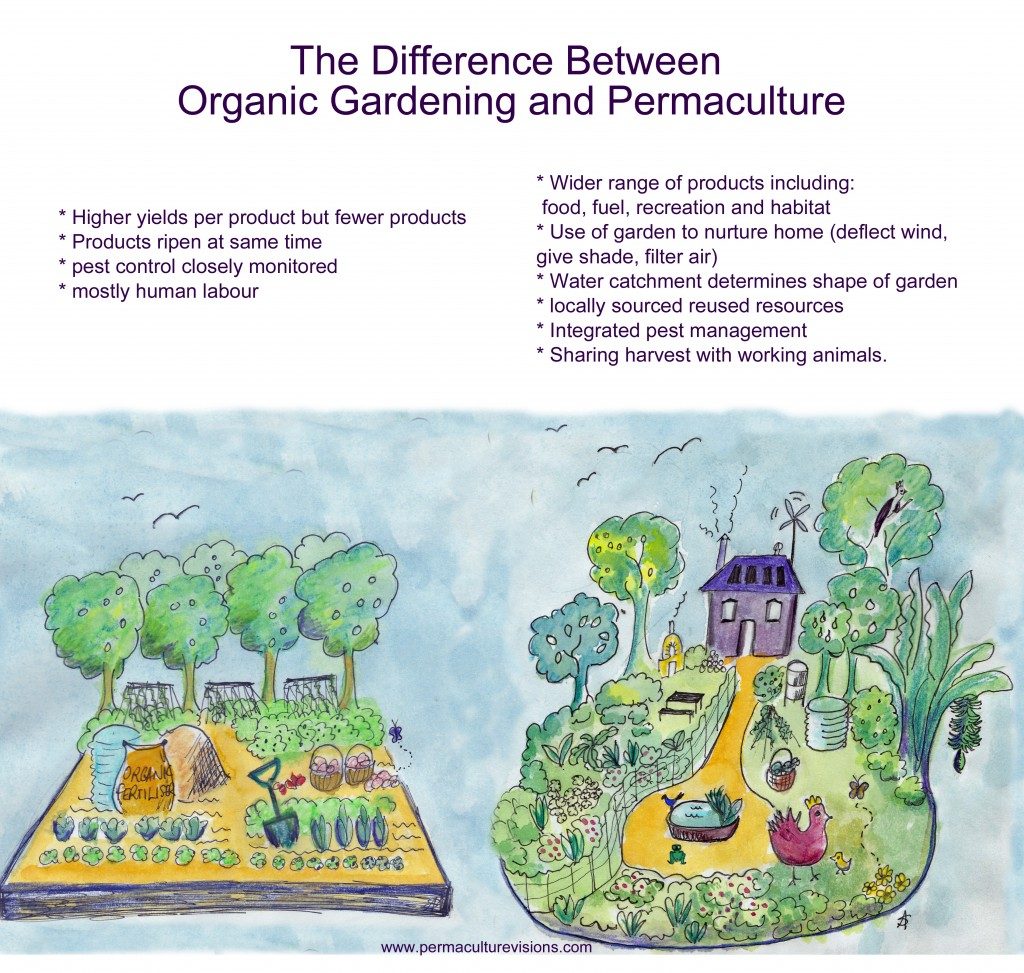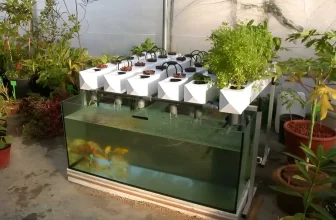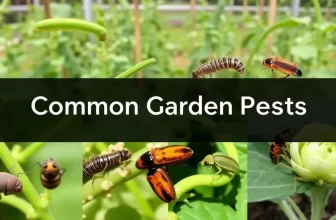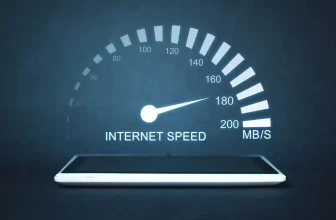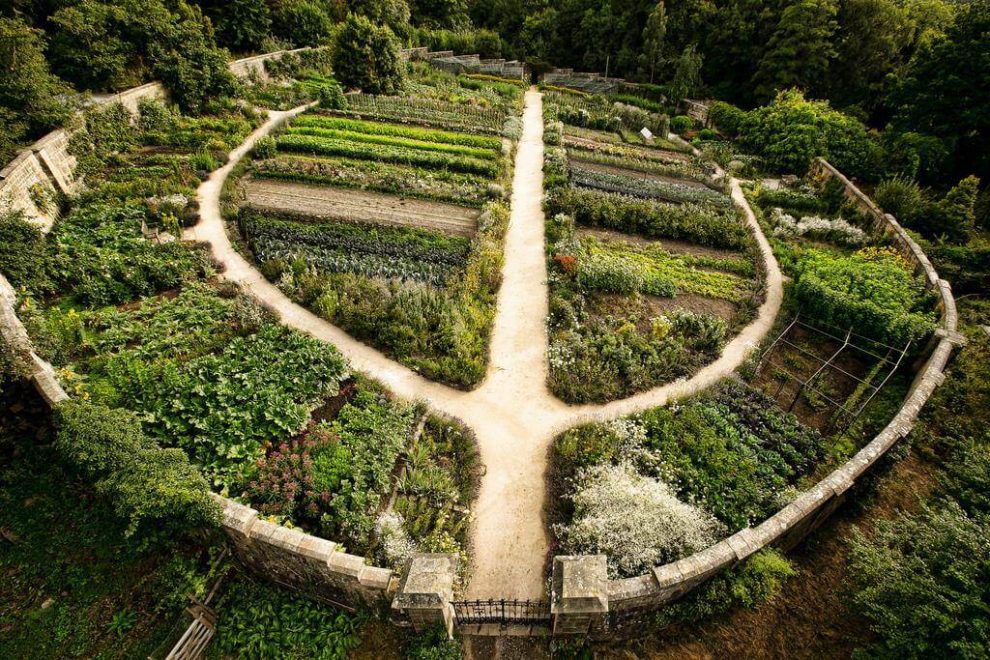
A sustainable system is any system t that in its lifetime can produce more energy than it takes to establish and maintain it. Permaculture Design is the first system of conscious function design in the world. That’s it’s unique aspect. And functional design is sustainable. Permaculture was a concept that Bill Mollison and I worked on in the 70’s. Today well call it sustainability. It was based on a simple question related to the design of agriculture. If most of nature is dominated by perennial plants, tree and long leaf plants.
Permaculture is the conscious design and maintenance of agriculturally productive ecosystems which have the diversity, stability, and resilience of natural ecosystems.
The design system with the official title of ‘permaculture’ got its start in the 1970s in Australia.
Its original meaning was a contraction of the words “permanent” + “agriculture”, meaning that if we design agricultural landscapes, especially our home landscapes, in a way that improves and supports the local ecosystem, they could be life-giving for generations.
Permaculture has more recently been identified as a contraction of the words “permanent” + “culture” to indicate that the design system can be applied to all aspects of designing a resilient culture, especially when indigenous methods of working with land and people are recognized and valued.
However, permaculture’s original application to homestead gardens and agricultural landscapes remains its most popular use.
Why is our agriculture dominated by annual crops? Why doesn’t it follow the design rules of nature? We’ve got used to the idea that for any key problem or important activity there’s one big solution that trumps all others and some version of it ends up everywhere. Once you start dealing with nature and local resources, local situations then the design solutions are all different. When you look at a whole system there are two things that are very undesirable.
One is work and the other is pollution. Pollution is a product of work. Work is a result of not supplying every component in your system with its needs. Now lets put that in another way… If you didn’t put a tank on your chicken house you got to carry the water to the chickens. So you incur work. Now if you didn’t collect the eggs from the chicken house, that’s pollution. So, pollution is an unused resource. It didn’t go somewhere where it would be used. It was actually the whole way we related to nature. So human settlements, the design of houses… the way we organise everything in society was apart of that. It comes from two latin words “Permanens”: to persist indefinitely. “Cultura”: The Practices that support human occupation.
Put those together, its a persistent system that supports human existence. We eat food, we grow a garden, why don’t we grow our food in the garden and bring those thing back together. Rather than the industrial system which spreads everything out in these long supply chains. Another things thats extraordinarily intriguing; when you design well, nature takes hold of what you’ve done and does it better. All you got to do is watch the system and guide it slightly. So, Permaculture is really a design system for both sustainable land use and sustainable living. I suppose the simplest thing to say is; an attempt to build a good place to live.
